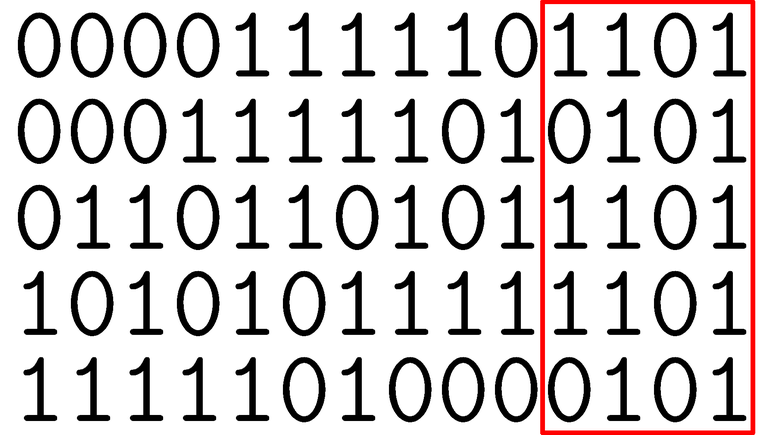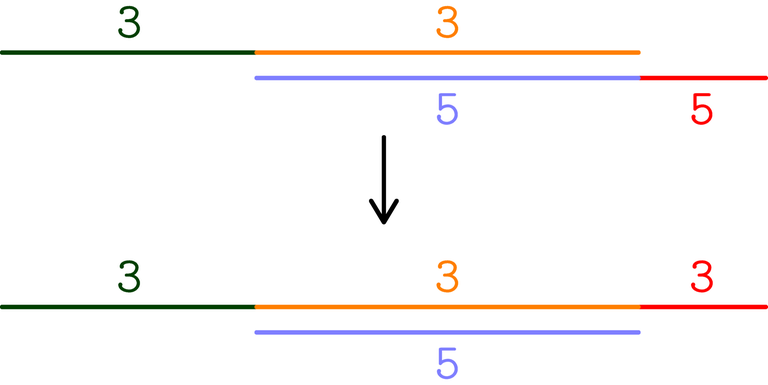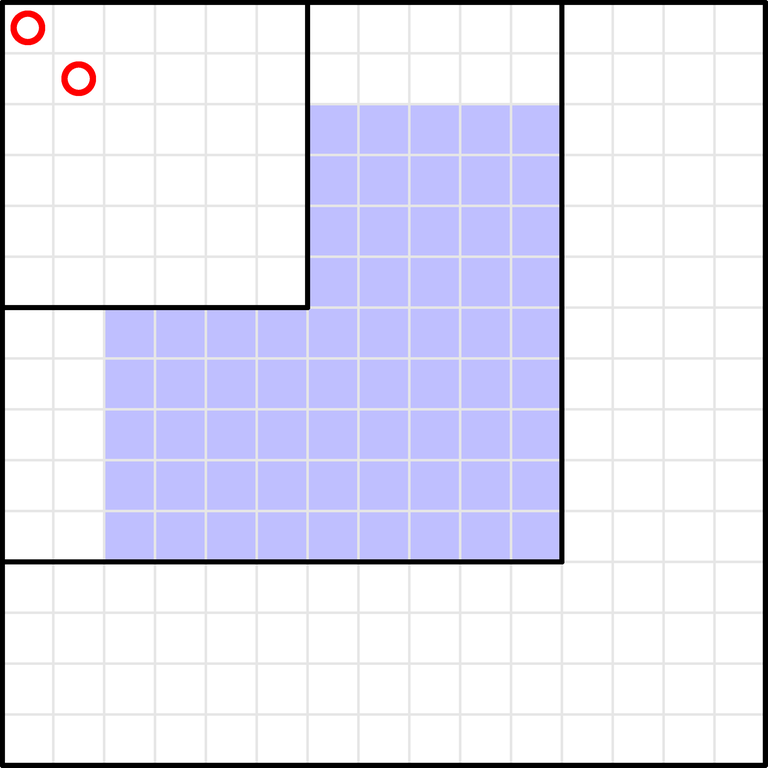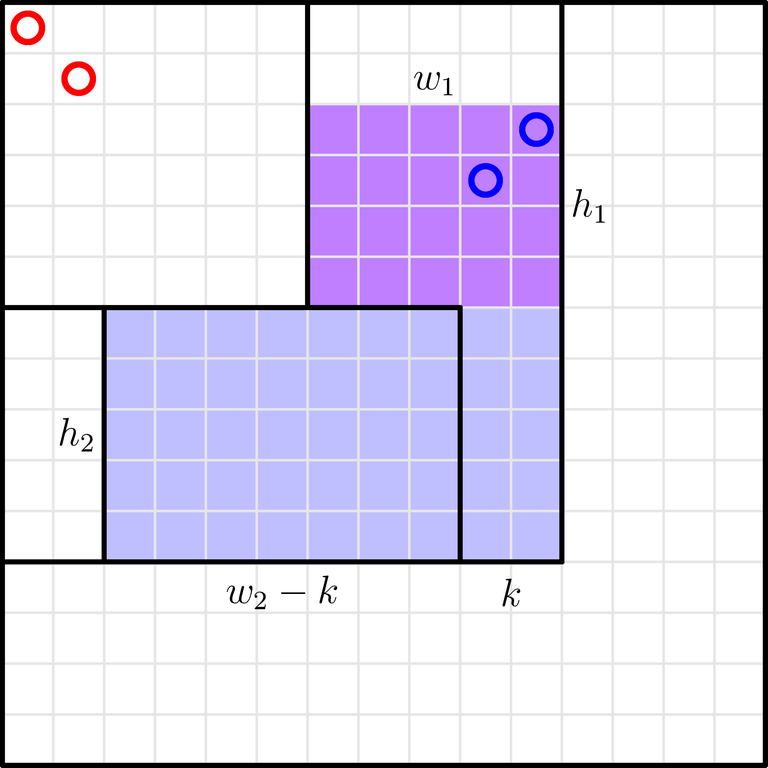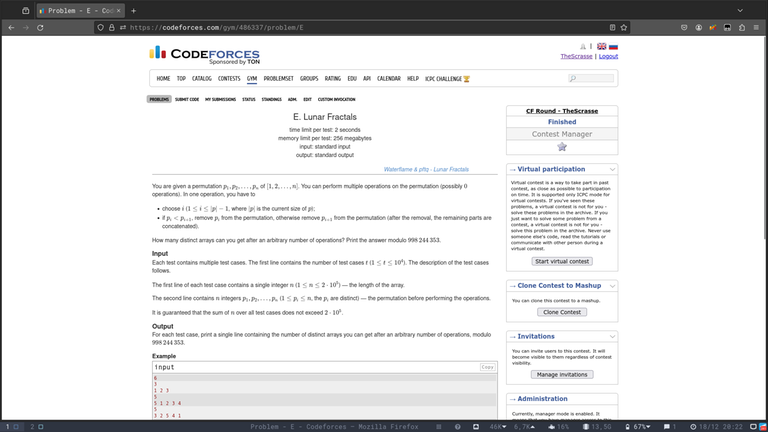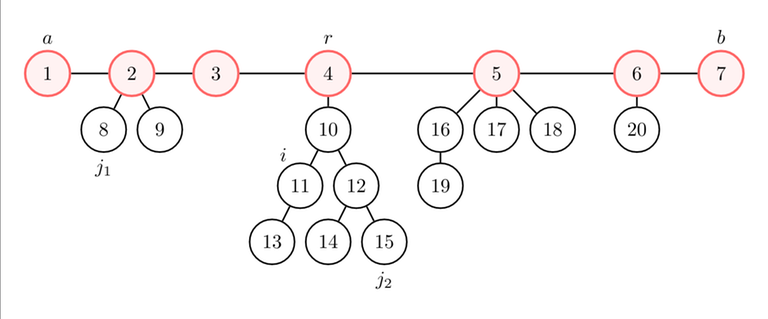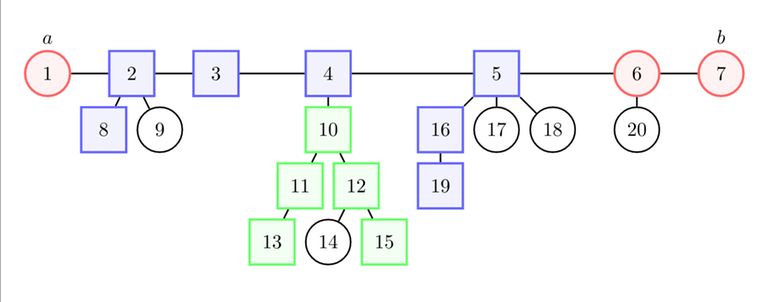Today I've taken part in AtCoder Regular Contest 186, solved problem E and spent the remaining 90 minutes not solving anything.
Then I've taken part in Codeforces Global Round 27 and spent 90 minutes solving 2035D - Yet Another Real Number Problem.
How to stop being stupid?










 Ciao, Codeforces! We're glad to invite you to take part in
Ciao, Codeforces! We're glad to invite you to take part in 
